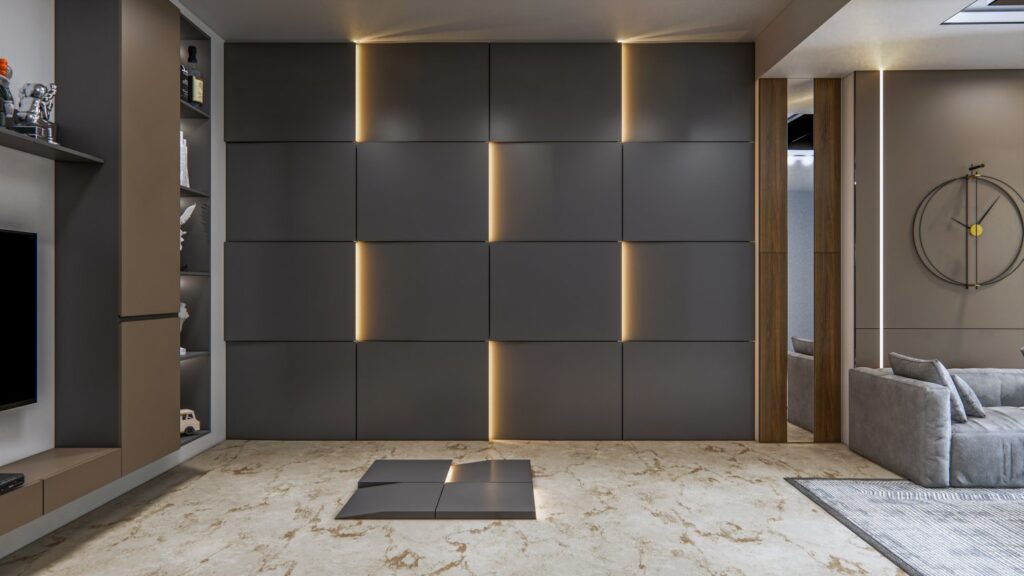When undertaking a construction or renovation project, one of the most crucial tasks is accurately calculating the area for wall panels. This step is essential not only for ensuring that you purchase the correct amount of materials but also for maintaining the integrity of your budget and project timeline. A precise calculation can save both time and money, prevent material wastage, and ensure a smoother workflow. Here’s how you can simplify this task and achieve precision. Firstly, start by measuring the height and width of each wall you plan to panel. Use a reliable measuring tape for accuracy. It is important to measure from floor to ceiling and from corner to corner. Take note of any variations, especially in older buildings where walls may not be perfectly straight. Document these measurements meticulously; consider using a digital tool or an app designed for construction measurements, which can store your data and even assist in calculations.

Next, if the walls have any windows, doors, or other openings, these areas should be subtracted from the total wall area. Measure the height and width of each opening and multiply these dimensions to get their areas. Subtract the sum of these areas from the total wall area. For example, if you have a wall that is 10 feet high and 12 feet wide, the total area is 120 square feet. If there is a window that is 3 feet by 4 feet 12 square feet, subtract this from the total, leaving you with 108 square feet of wall area that needs paneling. After determining the net wall area, consider the size of the panels you plan to use. Wall panels come in various standard sizes, such as 4 feet by 8 feet. Divide the net wall area by the area of one panel to determine how many panels you need. In our example, if each panel covers 32 square feet, you will need approximately 3.375 panels to cover 108 square feet. Since partial panels are not practical, round up to the nearest whole number, ensuring you have enough material, which means you would need 4 panels. To further refine your calculations, factor in any potential wastage due to cutting and fitting. Industry standards suggest adding about 10% extra material to account for these issues.
In our scenario, adding 10% to the original 108 square feet means preparing for approximately 119 square feet, thus adjusting your total panel count accordingly. Additionally, always double-check your calculations and consider consulting with a professional, especially for larger or more complex projects. Software tools and apps designed for construction can also provide double verification by rechecking dimensions and areas. In conclusion, accurate measurement and calculation of wall panel areas are fundamental to project efficiency and cost management and how to calculate area. By carefully measuring each wall, subtracting the areas of any openings, calculating the number of panels required, and factoring in potential wastage, you can ensure that you purchase the right amount of materials. This method not only streamlines your project but also minimizes errors and excess costs, leading to a more professional and polished final result. Simplifying this process with precision is a valuable skill in any construction or renovation project, ultimately leading to better resource management and project success.